In the world of sustainable cooking, one chef’s trash is another’s treasure. Take broccoli stems, for example—those thick, often-discarded ends that most home cooks toss into the compost bin without a second thought. But what if we told you these humble scraps could be transformed into something crunchy, tangy, and utterly delicious? Enter broccoli stem kimchi, a zero-waste twist on the Korean classic that’s as flavorful as it is eco-conscious.
Broccoli stems have long been overlooked in Western kitchens, relegated to the role of compost fodder or, at best, a reluctant addition to stock pots. Yet, these fibrous cores are packed with nutrients—think vitamin C, fiber, and potassium—and possess a mild, slightly sweet flavor that makes them surprisingly versatile. When fermented, they take on a whole new personality: crisp, spicy, and layered with umami. The process not only reduces food waste but also unlocks gut-friendly probiotics, making it a win-win for your health and the planet.
The journey from scrap to snack begins with a simple peel. The stems’ tough outer layer, while edible, can be fibrous, so most recipes recommend stripping it away to reveal the tender core beneath. From there, the stems are sliced into matchsticks or thin coins, salted to draw out moisture, and then bathed in a vibrant paste of gochugaru (Korean chili flakes), garlic, ginger, and fish sauce (or a vegan alternative). A brief ferment at room temperature allows the flavors to meld and the natural tang to develop. The result? A punchy, textured condiment that’s perfect atop rice bowls, tucked into sandwiches, or eaten straight from the jar.
What makes this experiment so compelling isn’t just its taste—it’s the philosophy behind it. In an era where 30% of the world’s food supply goes to waste, reimagining byproducts like broccoli stems feels like a small act of rebellion. Korean cuisine has long celebrated resourcefulness, with dishes like kongnamul (soybean sprout banchan) and miyeok muchim (seaweed salad) turning humble ingredients into staples. This kimchi variation fits right in, proving that sustainability doesn’t require sacrifice—just creativity.
For those wary of fermentation, fear not. Unlike traditional napa cabbage kimchi, which can take weeks to mature, broccoli stem kimchi is a speedy affair. Most versions are ready within 2–3 days, with a fresher, brighter profile that’s less funky than its aged counterpart. The stems retain a satisfying snap, offering a contrast to the softer texture of typical kimchi. And because the stems are less watery than cabbage, they absorb the seasoning more efficiently, delivering a bolder flavor in every bite.
The versatility of this condiment is another selling point. While it shines as a standalone side dish, it can also be repurposed in countless ways: chopped into fried rice, folded into omelets, or even blended into a spicy mayo for burgers. Some chefs go a step further, using the fermented stems as a base for kimchi pancakes or tossing them with cold noodles for an instant flavor boost. The stems’ sturdy texture holds up well to heat, making them ideal for cooking applications where traditional kimchi might wilt.
Beyond its culinary merits, broccoli stem kimchi tells a larger story about redefining "scraps." In professional kitchens, root-to-stem cooking has gained traction as chefs seek to minimize waste and maximize flavor. Home cooks are catching on, too, with social media fueling a wave of DIY projects that turn peels, stalks, and tops into pantry staples. From carrot-top pesto to watermelon rind pickles, these innovations challenge the notion that edible food has an expiration date the moment it’s trimmed.
Of course, adopting a zero-waste mindset requires a shift in perspective. It means viewing broccoli stems not as garbage but as ingredients waiting for their moment. It also demands a bit of patience—fermentation, after all, is equal parts science and art. But the payoff is substantial: a fridge stocked with handmade, probiotic-rich foods, a smaller environmental footprint, and the quiet satisfaction of knowing you’ve gotten every last bit of value from your groceries.
So the next time you find yourself holding a bunch of broccoli, resist the urge to lob off those stems and toss them away. Instead, reach for the salt jar and the chili flakes. With minimal effort and a dash of curiosity, you’ll unlock a world of flavor—and take one small step toward a more sustainable kitchen.
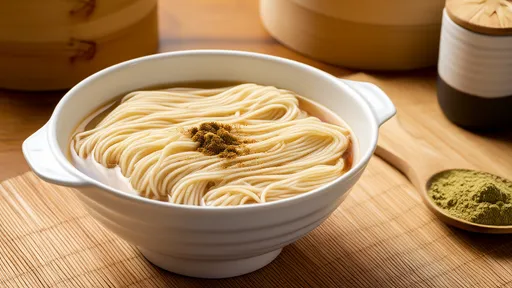
By /Jul 24, 2025
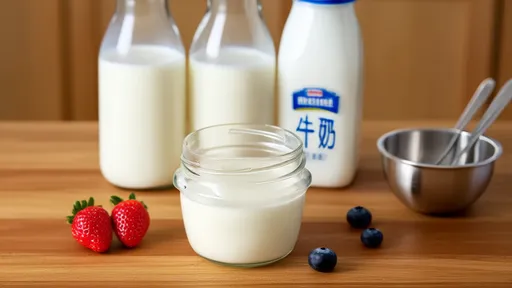
By /Jul 24, 2025
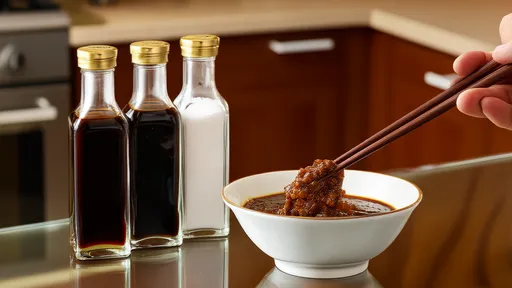
By /Jul 24, 2025
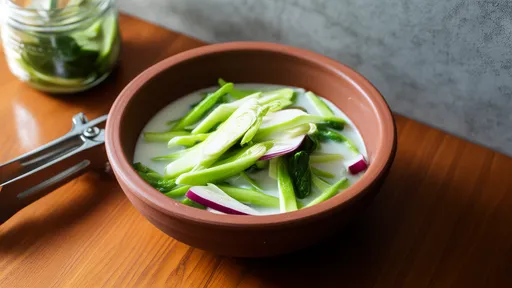
By /Jul 24, 2025
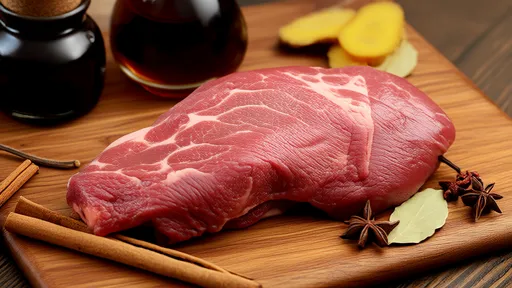
By /Jul 24, 2025
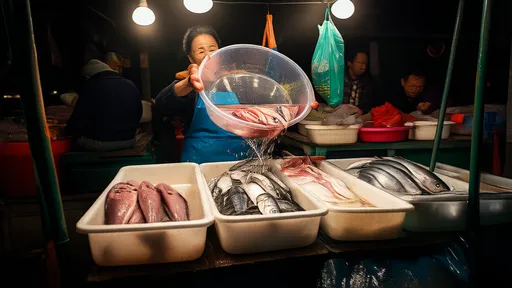
By /Jul 24, 2025

By /Jul 24, 2025
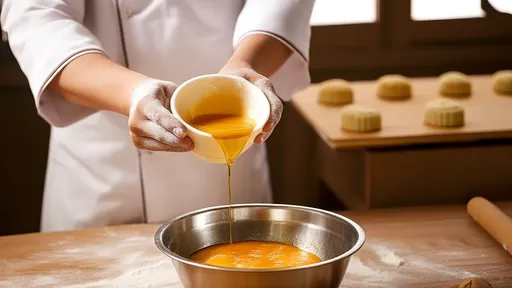
By /Jul 24, 2025
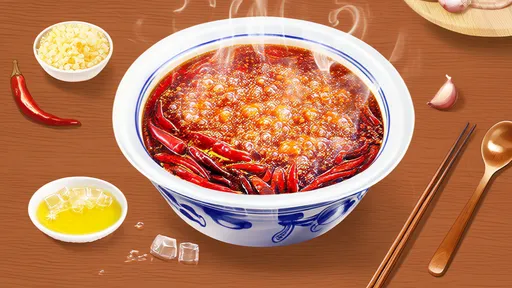
By /Jul 24, 2025
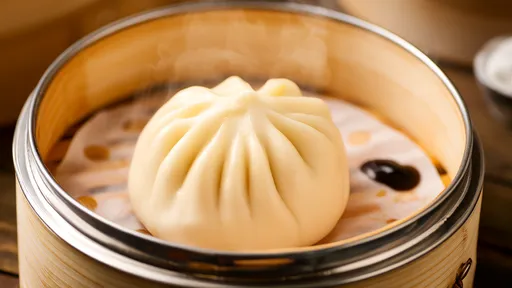
By /Jul 24, 2025

By /Jul 24, 2025

By /Jul 24, 2025

By /Jul 24, 2025
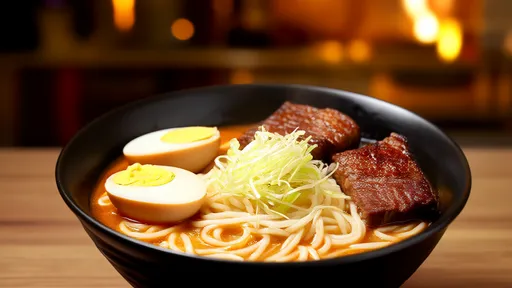
By /Jul 24, 2025
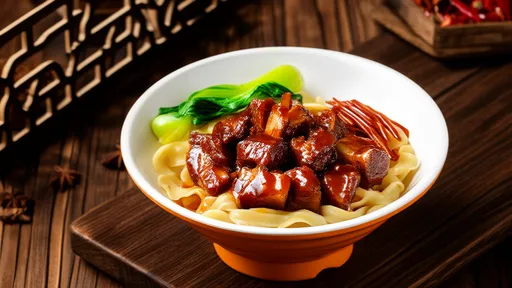
By /Jul 24, 2025
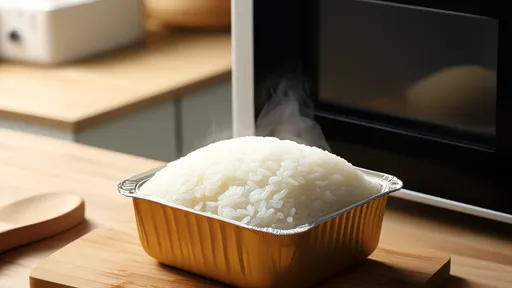
By /Jul 24, 2025
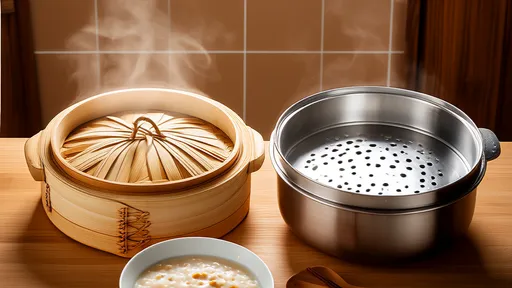
By /Jul 24, 2025
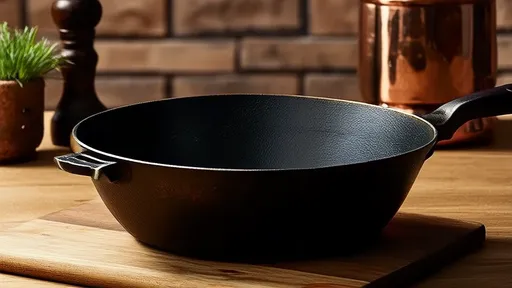
By /Jul 24, 2025